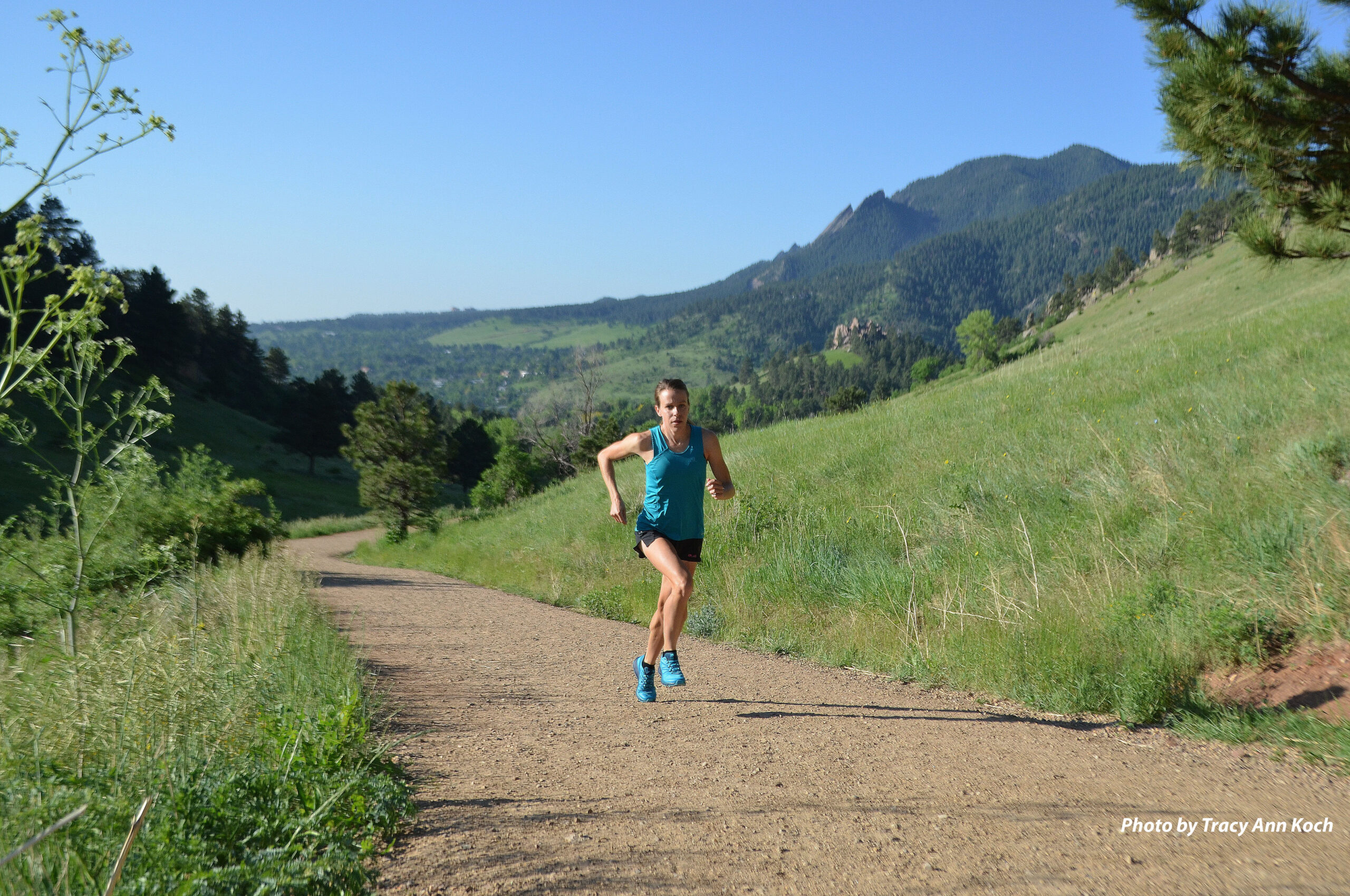Dispatches from Columbine
By Dave Wiens
43,218. That’s the total number of feet of climbing in the entire Leadville Race Series, and you can bet you’ll get your share of it at your chosen event, whether it’s the LT100 or another race in the series. So how does an aspiring climber prepare? Dave Wiens has some steady advice to get you primed and pumped for the challenge.
Most Leadville Trail 100 participants would agree that if you boil the event down to one essential element, it’s climbing. While the race out of Cloud City certainly has other key characteristics, you primarily hear veterans and newbies alike talking about the ascents of St. Kevins, Sugarloaf, Columbine, Powerline and Turquoise Lake. It’s not a stretch to say that if you can get up and over each climb in an expedient manner, you will likely end up having a pretty good day on the second Saturday of August.
We could talk forever about climbing, but there are three things that always come to my mind when I think about going up hill on a bike.
- Get prepared, both physically and mentally.
- Get a strategy.
- Get tough.
Get Prepared
Training and preparation for climbing is easier if you live near some sustained hills that are similar to those at Leadville. If you have this luxury, ride lots of them and make sure you’re getting a variety of pitches and surfaces if you can.
Leadville will throw the gamut at you: moderately steep, smooth paved and gravel climbs like lower Columbine and Turquoise Lake; rough, rocky moderate climbs like Sugarloaf; and steep, loose and rocky climbs like St. Kevins, upper Columbine and m. Some of these climbs tier as they ascend, giving you brief opportunities for recovery. Others are sustained with few respites to suck in whatever paper-thin air you can manage.
Unfortunately, many of you live hundreds of miles or more from any sustained climbs. If you live in a vertically challenged locale, you need to do the best you can to prepare. Get to the hills when you can and ride hard enough on whatever you have locally to get your body used to the efforts that the big climbs at Leadville will require.
This may mean riding the flats hard. If you only have access to flats, don’t be discouraged. Riding flats hard develops power like nothing else and this fitness translates well to climbing. Also, the course at Leadville has lots of flats, too, something many pure climbers forget. As a rider from the flatlands, you’ll actually have the upper hand on several portions of this course.
You also must prepare physically and mentally for multiple climbs. Many riders have a tendency to only do one major climb per training session. Remember that Leadville has five major climbs and several lesser ones. If you train your body to be used to “one-and-done” climbing, it’s going to betray you early on, likely right after St. Kevins.
Training for multiple climbs is critical for both body and mind because summiting each one is how most riders break the race into attainable chunks, gaining motivation each time.
Get a Strategy
The way you approach each climb, particularly at the bottom, is key. A typical mistake is going too hard too early in a climb. It takes discipline to be patient as you begin to ascend because there is almost always someone hammering from the get-go. Let these riders go! Some you won’t see again, but others are going way too hard and you’ll pass them again before the top.
Get into a conservative groove at the bottom by spinning in an easy gear. Depending on the climb, this could be your easiest gear. As you settle in, you can pick up the pace, but remember how far along you are in the race and how many climbs are still waiting for you. Hammering the top of Sugarloaf may not be the best idea since you have three more big climbs ahead of you.
Riders who start out slower, then maintain or increase the pace as the climb wears on, usually finish faster than those who hammer the bottom then die halfway up only to limp over the top.
Get Tough
To climb proficiently, you simply have to be one tough hombre or hombre’ella. Toughness is an attitude and if you don’t posses it, I suggest you work on acquiring it.
Tough riders seldom stop completely and sit down on the climbs. Unless you’re about to pass out or something else weird is happening to you physically, there is rarely a reason to stop on a climb. Whether you are pedaling your bike or pushing it, continue to put one foot in front of the other.
Make it your policy to never quit the race at the bottom of a climb. Most of us feel like crap at the bottom. You’ve got to start going up and remind your body that the race isn’t over yet. Commit to the climb and see if your body responds, because it usually will. Ride at least a quarter to half of the climb before throwing in the towel for the day (which, as Ken says, will haunt you for a year!).
Instead of stopping on the climbs, take your breaks at the aid stations, where you can take in fluids and nutrition. Good preparation combined with this attitude of toughness will push you to the top and to the finish line.
So, put in the time and miles now, then ride smart during your race, not getting caught up in petty races with other riders. These things, combined with a tough, positive attitude and sharp commitment, will have you rolling across that red carpet at 6th and Harrison — and that’s something nobody can ever away from you.


